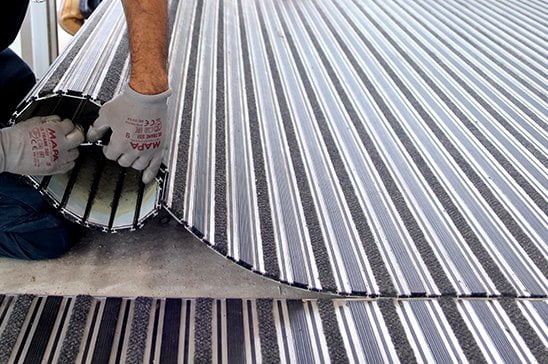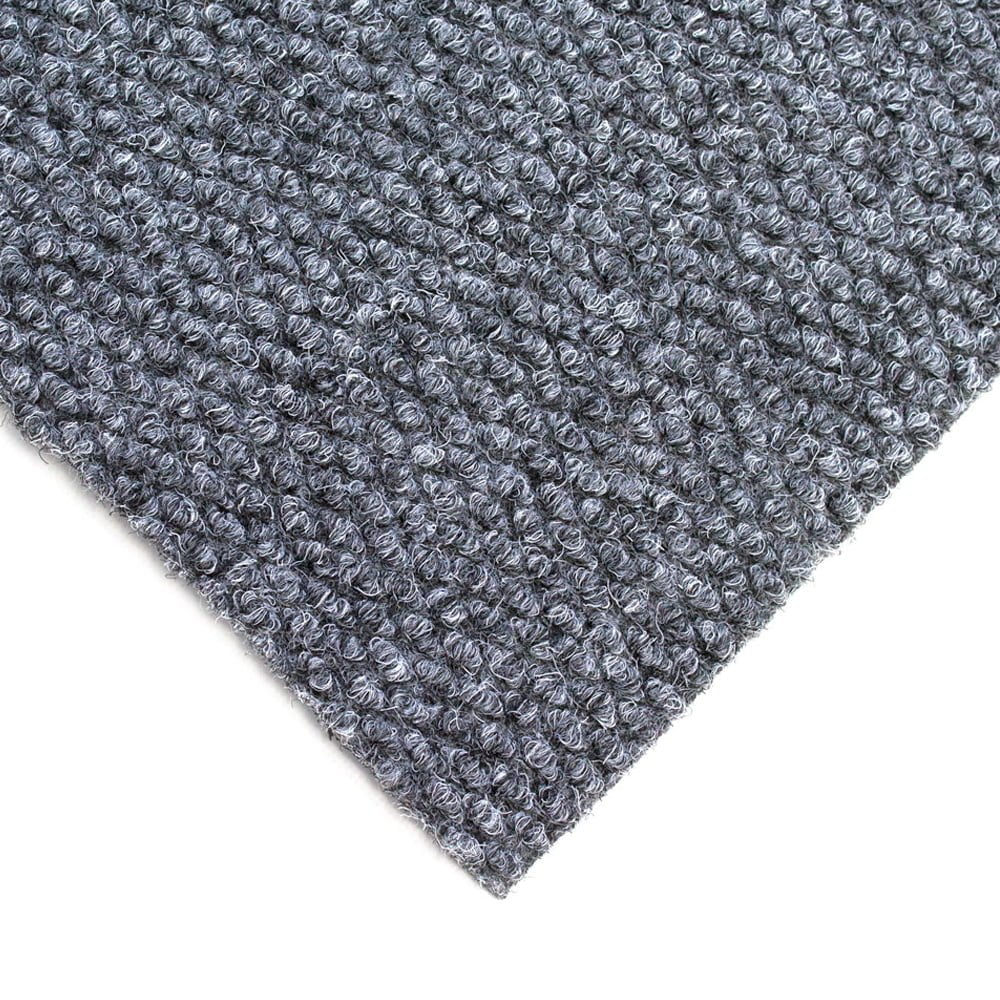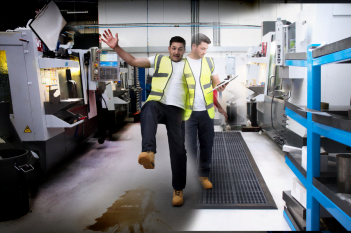How to Specify Entrance Matting
Zoning
Creating entrance zones is the most effective way to use Entrance Matting. Three zones are recommended for maximum ‘dirt-barrier’ performance so let us walk you through them…
Zone 1 – Exterior
Robust barrier matting delivering an effective scraping action to remove the worst of the dirt and grit in first zone to make sure it’s left outside the door.
Zone 2 – Interim
Tough and durable matting, that carries on the work of the exterior matting which is to remove the last of the most damaging soil and grit, while continuing with the drying process.
Zone 3 – Inside
With the worst of the moisture and debris now dealt within previous zones, secondary internal matting is a high-specification, high-performance product that finishes the dust removal and drying in the last zone.
Inclusion
Legislation (Equality Act 2010) governs that entrances to commercial buildings and public areas allow for inclusive access as set out in Building Regulations ADM 2004 Part M – Access to and Use of Buildings. Therefore matwells should be flush with the floor surface and the type of matting should be accessable and user friendly to all (I.e. not soft). The Entrance Matting should also be effective in wiping excess moisture and dirt from wheelchairs, pushchairs, buggys in all zones, taking into consideration the circumference of wheels. For example, a full wheelchair revolution requires a minimum length of 2.5m.









